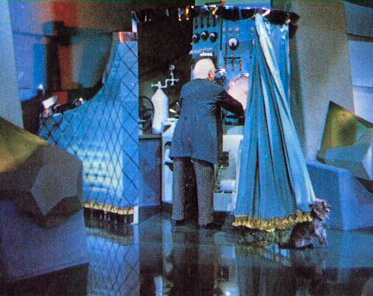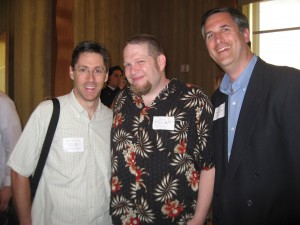Brand Haiku for You
I was invited by my industry colleague and friend, Aaron Strout of Powered Inc., to participate in a fun experiment this morning. He asked me and a handful of other amazing marketing folks to share a brand haiku based on a recent experience we’ve had – good or bad. (Remember, a haiku is: 5 syllables, 7 syllables 5 syllables.)
Well, if you follow me on Twitter and were on this weekend, you likely heard about my recent experience with Toyota and specifically, McGee Toyota in Hanover, MA. It wasn’t pretty. So here’s my haiku for you based on my weekend – if you’d like the full story, read my blog post about the experience – and why it’s crucial for your sales team to understand that customer relationships are way more valuable than customer deals.
Toyota was wrong
Happy customers tell friends
Angry ones tell all
Now that the negative one is out of the way, here are two positive ones – because happy customers should share loudly, too.
Jet Blue I love you
Thanks for TVs and smiles
You get customers
Ideeli is cool
They sell lovely things to me
And they engage me
Follow the brand haiku to Bryan Person and his tribute to Nike, and see more haikus from those amazing marketers by watching Twitter for the hashtag #brandhaiku.
Thanks for the fun, creative and great idea – and invitation – Aaron! Readers, if you have a brand haiku, please play along in the comment section and on Twitter.

 After the initial hoopla on Twitter about the list and congratulating the women we know personally, Christine asked on Twitter, “
After the initial hoopla on Twitter about the list and congratulating the women we know personally, Christine asked on Twitter, “ Even though 99% of everything you do in PR is on behalf of your company or your client, are you working on becoming an influencer yourself? Our own
Even though 99% of everything you do in PR is on behalf of your company or your client, are you working on becoming an influencer yourself? Our own 